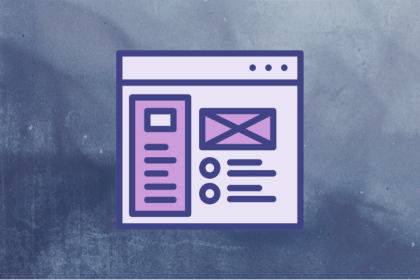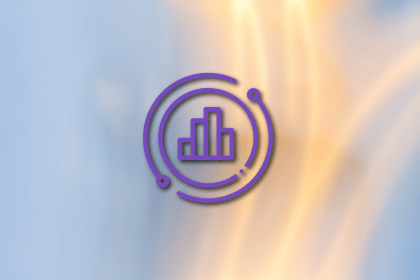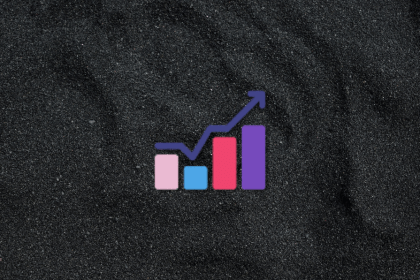
Emmett Ryan shares how introducing agile processes at C.H. Robinson improved accuracy of project estimations and overall qualitative feedback.

Agile isn’t broken — it’s just being misused. Learn how to reset your rituals, refocus on outcomes, and bring meaning back to your process.

Since agile progresses in rapid cycles, you’re constrained in your ability to conduct in-depth studies within the limited timeframe.

Over the last years, tech people became resistant to Agile frameworks because their expectations of empowerment didn’t materialize.

What’s Agile really about? In this blog, I explore the history and implementation of the Agile Manifesto and uncover how its values drive product innovation and collaboration.

Learn how to use Fibonacci story points for Agile estimation, avoid pitfalls, and explore alternatives like T-shirt sizing and #NoEstimates.

Scaled agile is an approach that allows you to extend agile principles across multiple teams, projects, or business units.

While agile is about iterative development, DevOps ensures smooth deployment and reliable software updates.

WAgile integrates the structured, sequential phases of waterfall with the iterative, flexible practices of agile.

You can implement prioritization methods within your product roadmaps to help streamline and simplify the process.

Clark Woolstenhulme talks about how he’s introduced agile to companies that hadn’t used it before and as the challenges that came with that.

Agile metrics are quantifiable figures used by PMs and stakeholders to define, track, and assess product performance.